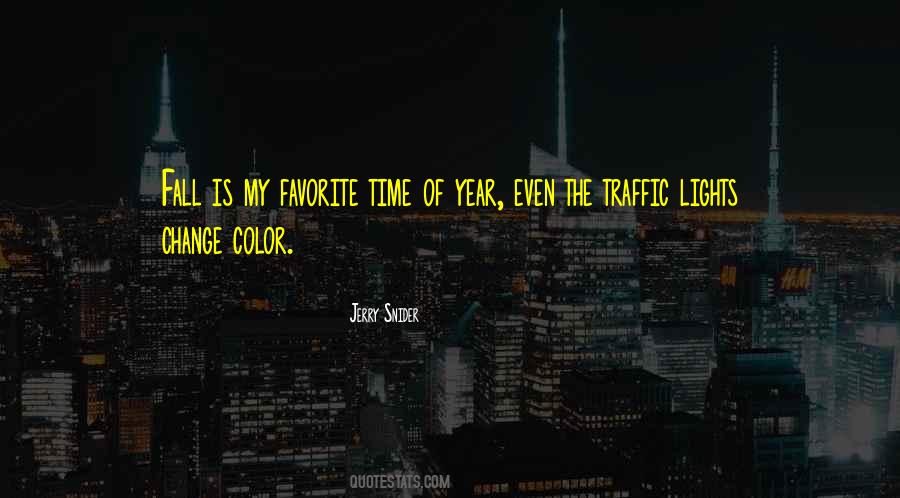
(We’ll discuss principles for the community-driven process of creating Streets as Places in a future page.) These guidelines closely parallel PPS's "What Makes a Great Place" diagram, which we have adapted to fit the context of streets.

These eight principles focus on ways to attract people to a street and to tap into its community-building potential. With community-based participation at its center, an effective Streets as Places process capitalizes on a local community’s assets, inspiration, and potential, and results in streets that contribute to people’s health, happiness, and well being. Strengthening the connection between people and the places they share, Placemaking refers to a collaborative process by which we can shape our public realm in order to maximize shared value. Streets as Places is about Placemaking on one of the most important public spaces each community has - our streets. If you plan for people and places, you get people and places.”

“If you plan cities for cars and traffic, you get cars and traffic. Jacobs, and recent conversations with folks like Victor Dover, Ben Hamilton-Baillie, and Gil Peñalosa. What are the key ingredients for creating streets that function as quality public places that draw people in? Below is our list of 8 principles for fostering Streets as Places, based on our years of experience in working with communities, the observations and research of well-known placemakers like Jane Jacobs and Allan B.


 0 kommentar(er)
0 kommentar(er)
